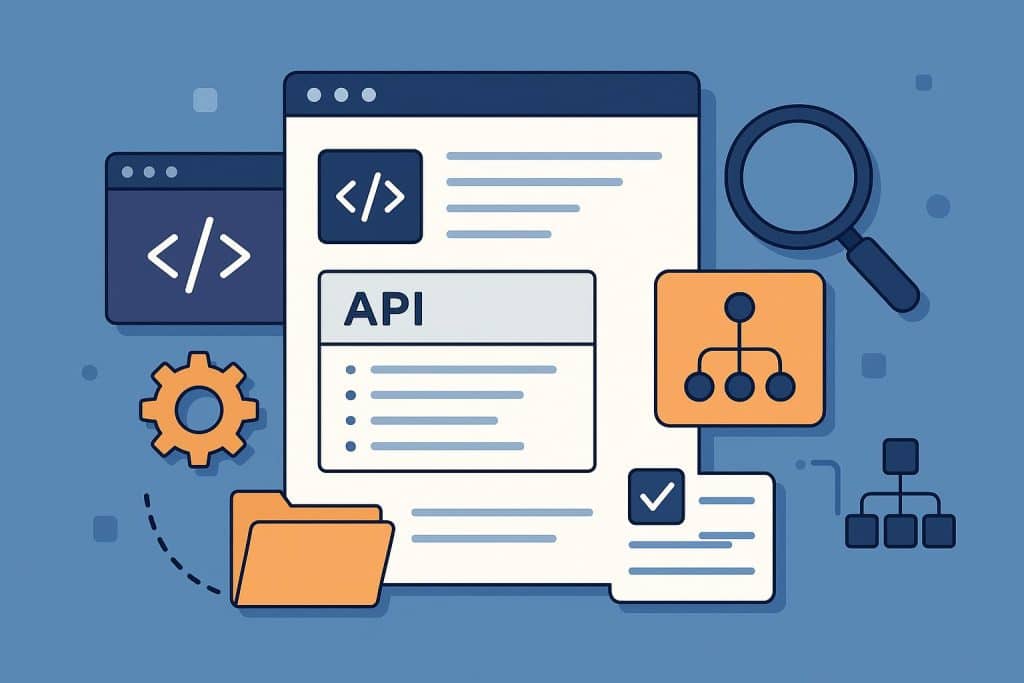Providing good documentation can make all the difference when it comes to how other developers use your product. If you’re keen to document your API projects more efficiently, keep reading this guide for our low-down on the smart developer tools for this purpose.
Tools That Make the Documentation Process Easier
There are dozens of modern tools available today that can make the documentation process faster and more consistent. These include platforms like Swagger (OpenAPI), Postman, and Redocly, which all generate structured documentation from your code or API spec.
The idea is that you can spend less time formatting and more time on making sure everything is explained clearly. Most of these tools also integrate with version control systems, so your documentation updates automatically as your API changes.
You can also use tools that support live examples, so developers can test requests and responses without having to leave the page. That way, people will understand your API immediately, so your team can spend less time answering back-and-forth questions and support requests.
How to Make Collaboration Easier
Given that the documentation involves developers and technical writers, the smart approach is to use collaborative tools that make it easy to work together without accidentally overwriting or undoing each other’s changes.
We recommend using a Git workflow, along with a documentation platform that has shared editing features, so you can easily review and update your content. The big advantage of these collaborative tools is that they allow you to leave comments and push updates straight to your repository, so you know your documentation is accurate at every stage of development.
When multiple people work on a project, you’ll find it more challenging to keep things like tone and structure consistent. The good news is that a lot of platforms available today now offer templates and style guides to keep everything in line.
When to Outsource Your Documentation
If your team doesn’t have the time or experience to create clear, user-friendly documentation to your own high quality standards, it might make more sense for you to outsource the job to an expert.
Technical documentation outsourcing to a specialized agency like DevDocs will save you the hassle of creating documents yourself, as well as giving you the peace of mind that the work is being handled by experts who know what they’re doing. Plus, a tech writing team can bring an outsider’s perspective, meaning they can provide feedback on things your internal teams might miss.
Outsourcing doesn’t mean giving up all your control. You’ll still be able to review drafts and give the nod of approval on final versions when you’re happy that the documentation is accurate and matches your brand voice.
How to Measure Your Documentation Success
Before we wrap up, you might be wondering how you can measure the success of your technical documentation. In most cases, you’re looking for two things: positive developer feedback and performance metrics.
It’s worth tracking how quickly new users can get up and running with your API, and how often they open support tickets about unclear endpoints. This tells you how easy your existing documentation is to follow, and where there might be room for further improvement.

